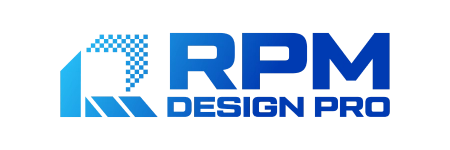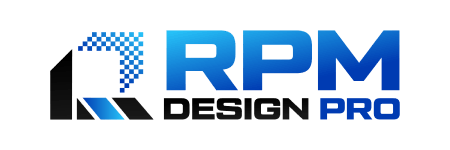How to Prepare Your Company for an Industry Trade Show
Trade shows are pivotal events for businesses to showcase their products, connect with industry peers, and attract potential customers. Whether you’re a seasoned exhibitor or preparing for your first trade show, meticulous planning and preparation are key to maximizing your presence and ROI. Here’s a comprehensive guide to preparing your company for an industry trade show, focusing on professional graphic sign and booth design and setup.
Research and Planning
- Set Clear Objectives: Define your goals for participating in the trade show. Are you aiming to generate leads, launch new products, or build brand awareness? Establishing clear objectives will guide your strategy.
- Choose the Right Trade Show: Research industry-specific trade shows that align with your target audience and business objectives. Consider factors such as attendee demographics, exhibitor costs, and the event’s reputation.
- Budget Allocation: Create a detailed budget that includes booth fees, signage costs, promotional materials, travel expenses, and staff wages. Allocate funds strategically to maximize impact within your budget constraints.
Designing Your Booth
- Professional Graphic Signage: Invest in eye-catching graphic signage that reflects your brand identity and communicates your value proposition clearly. Use bold colors, high-resolution images, and concise messaging to attract attendees from a distance.
- Booth Layout and Design: Optimize your booth layout for traffic flow and engagement. Create distinct areas for product demonstrations, meetings, and networking. Incorporate interactive elements like touch screens or virtual reality to enhance visitor experience.
- Branding Consistency: Ensure consistency in branding across all materials, including signage, banners, promotional items, and staff attire. Your booth design should reinforce your brand’s visual identity and messaging effectively.
Pre-Show Promotion
- Marketing and Outreach: Utilize email campaigns, social media platforms, and industry publications to announce your participation in the trade show. Offer incentives such as exclusive previews or contests to attract attendees to your booth.
- Appointment Scheduling: Encourage pre-show appointments with key prospects or existing clients to maximize your time and ROI at the event. Use scheduling tools to manage appointments efficiently.
During the Trade Show
- Engagement Strategy: Train your booth staff to engage attendees proactively and professionally. Develop a scripted pitch that highlights your unique selling points and addresses common pain points of your target audience.
- Demonstrations and Samples: Conduct live product demonstrations or provide samples to showcase your offerings in action. Interactive experiences leave a lasting impression and encourage visitor engagement.
- Lead Capture and Follow-Up: Implement a robust lead capture system to collect attendee information efficiently. Follow up promptly with personalized emails or calls post-event to nurture leads and solidify relationships.
Post-Show Evaluation
- ROI Analysis: Evaluate the success of your trade show participation based on predefined goals and metrics. Calculate ROI by assessing lead quality, sales conversions, brand visibility, and overall attendee engagement.
- Feedback and Reflection: Gather feedback from booth staff, attendees, and stakeholders to identify strengths and areas for improvement. Use insights gained to refine your strategy for future trade shows and marketing efforts.
By following these steps and investing in professional graphic sign and booth design, your company can effectively prepare for and capitalize on industry trade shows. A well-executed trade show strategy not only enhances brand visibility but also establishes valuable connections and drives business growth in your target market.



